
Ever been at a wine tasting and spotted someone swishing, then rather dramatically spitting perfectly good wine into a bucket? I was skeptical the first time I saw it—wasn’t the whole point to enjoy the wine? But as I followed along, I realized there’s a clever, almost rebellious reason behind this quirky custom. It’s not about disrespecting the drink or being stingy with a famous vintage. There’s a method behind the madness, and once you discover what’s going on, the whole ritual starts to make sense. It’s all about maximizing our senses and protecting our bodies from the sneaky pitfalls of too much wine in one sitting, especially for those of us who’d like to taste more without getting tipsy before noon.
The Real Reason People Spit Out Wine
Alright, so the big question: why go through so much pomp and ceremony just to return the wine to a bucket? Tasting several types of wine back-to-back isn’t the same as knocking back a few drinks at a party. When you taste, you want your senses sharp, your palate fresh, and your judgment unclouded. Wine tasters—especially at professional events—can sip through dozens, even over a hundred, wines in a single session. If they swallowed even a mouthful of each, they'd be three sheets to the wind before lunch. The alcohol would blur their senses, making it impossible to tell a crisp Sauvignon Blanc from a buttery Chardonnay. Here’s the thing: your tongue, palate, and nose do most of the work before the swallow. Spitting out keeps your senses focused.
Years ago, I asked a sommelier how many wines he tasted in a day. He said during competitions or busy tastings, anywhere from 70 to over 100—imagine what that would do to you if you swallowed each drop! That would be over a full bottle of wine (or even two) before the day is out, and trust me, no one is evaluating tannin structure after that. By spitting, a taster avoids the mind-numbing effects of alcohol, and focus stays on every aroma, mouthfeel, and hint of spice. Wine professionals need to score, write, compare, and judge. At a tasting event I attended in Bordeaux, the professionals were spitting so elegantly, it looked like ballet. And their notes? Laser-sharp—all thanks to that simple act of returning wine to the spittoon.
It’s not just about staying sober, though. Tasting involves a lot of analysis: swirling, sniffing, savoring the flavors. Swallowing adds alcohol’s burn at the back of the throat, and after a few rounds, you lose accuracy. The tongue and gums register flavor, acidity, tannin, sugar, and body, all before the wine leaves your mouth. So yes, dedicated tasters get the full sensory experience—flavor, bouquet, and balance—without going on a bender.
History and Science of Spitting at Wine Tastings
This ritual of spitting at tastings isn’t just a modern convenience. The roots run deep. In the centuries-old wine-growing regions of France and Italy, winemakers and merchants have practiced this for generations. It wasn’t about discretion—it was about necessity. Wine merchants in Bordeaux would taste barrel after barrel before agreeing to a purchase, and getting drunk on the job wasn’t an option. Even in the 1800s, fancy Parisian wine auctions set up tasting stations equipped with spittoons. The idea was simple: assess dozens of wines, choose the best, and remain stone-cold sober.
From a science perspective, alcohol affects your body—and your brain—faster than people realize. It numbs sensory receptors and dulls your judgment. The more you ingest, the less accurate your decisions become. A 2014 study by The American Journal of Enology and Viticulture found taste sensitivity to subtle wine flavors dropped within a relatively short period, even with moderate alcohol intake. Experienced sommeliers and winemakers know their senses are a precious tool, and a few careless swallows add up to significant mistakes.
Palate fatigue is another sneaky enemy. As you taste more wine (and especially if you swallow), your ability to distinguish acidity, tannin, or subtle notes of fruit or oak slowly fades. Professional tasters swear by not just spitting, but also using palate-cleansers—plain crackers, sips of water, sometimes even apples—to reset their taste buds and keep their evaluations sharp from the first pour to the hundredth.

How Wine Spitting Works: The Art and Etiquette
You’d think spitting is as simple as it sounds, but at formal tastings, it’s a skill. The best tasters make it look easy (and dignified). There are actually a few rules to good wine-tasting etiquette. For starters, carry yourself with confidence. Don’t apologize for using the spittoon—it’s standard practice, even with the fanciest wines. In some circles, it’s almost a badge of experience.
Here’s how the dance goes: you swirl the wine in your glass and take a small sip. Let it roll around your mouth—think about the flavors and textures. Then, lean forward over the spittoon or cup and gently spit out the wine in a controlled stream. The idea is to keep everything tidy. The pros make hardly a splash, but it takes practice. (Confession: my first time, I missed and hit the tablecloth. It happens!) But everyone at the tasting has been there. If you’re at a public event, there’s no need to swallow every drop, even if you feel self-conscious at first.
For group events or wine festivals, you’ll always find large, communal spittoons—or small individual cups—scattered around. Don’t be weirded out. No one’s judging, and you might even see some of the best-known wine critics doing the same. At industry tastings, expect a sea of swirling, swishing, sniffing, and synchronized spitting. No shame, just pure focus on the wine.
If you don’t want to spit every sample, space out your tasting or stick to smaller pours, but know that even swallowing a few samples can add up. Some people alternate so they can savor a favorite wine and still keep their balance. And never, ever spit straight back into your glass—that’s just asking for trouble. The art comes with experience, and believe it or not, it soon feels as natural as sipping your morning coffee.
Common Wine Tasting Myths—And Honest Realities
You’ve probably heard a few tall stories about wine tasting. For starters, spitting out wine is not an insult to the winemaker. In fact, most vintners expect you to do just that, because it shows you’re serious about exploring the different bottles—without blurring your tastebuds. Some people imagine all that wine wasted, but in practice, winemakers plan tastings knowing that most samples end up in the spittoon, especially at big affairs like Vinexpo in Bordeaux or ProWein in Germany. The real disrespect would be acting drunk and missing out on the finer points of their craft.
Then there’s the myth that you can’t truly taste wine unless you swallow. That’s not true at all! Flavor perception happens mostly in your mouth and nose, not your stomach. You swirl, sniff, taste, and spit—and you still get the whole spectrum of flavor, acidity, body, and nuance. Swallowing only adds alcohol to the bloodstream, not insight to your notes.
Another idea: “Real” wine lovers or connoisseurs never spit out expensive wine. Trust me, at top-tier events, even grand cru samples end up spat out by professionals. No one thinks twice about it. Your credibility as a taster—or an enthusiast—depends on focus, not bravado. Even the world’s best-known wine critics, like Jancis Robinson and James Suckling, are unapologetic spitters during critical tastings, as their senses are their greatest asset.
Drinking water during a tasting is also important, not just for hydration, but to keep your palate clean. Don’t let anyone tell you cleansing your palate is cheating. Even a seasoned taster like Lachlan, who claimed he could muscle through without, has since become a water-and-crackers convert after too many overloaded taste tests. You want fresh tastebuds for every new glass.
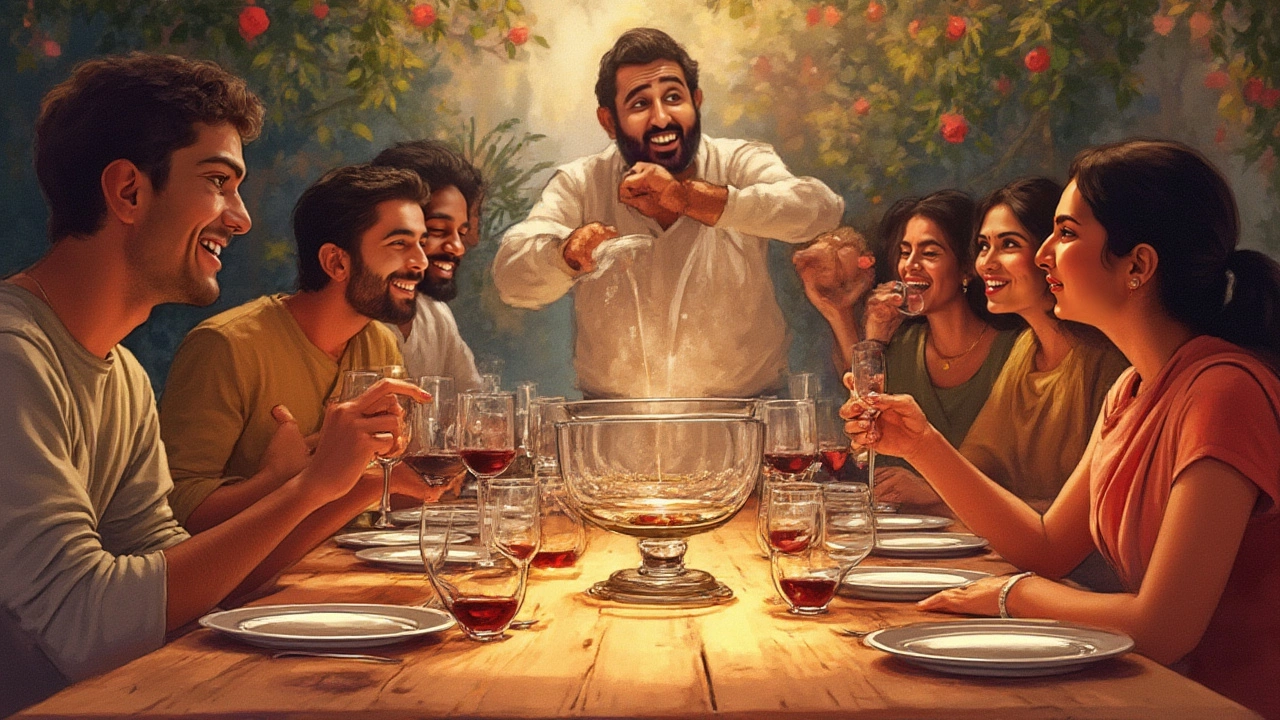
Pro Tips for First-Time Tasters
If you’ve never been to a proper wine tasting, the idea of spitting might seem strange—or kind of gross, depending on your outlook! But like anything new, it’s all about practice and confidence.
- Experiment at home with water to practice your spitting “aim.” Better to miss the sink than upend a tasting room tablecloth!
- Don’t pile your glass full—smaller pours make the experience more comfortable, and most hosts will happily top you up if you want to re-taste.
- Place yourself near a spittoon if possible, especially at packed events. It makes the whole operation more discreet.
- If you genuinely love a wine and want to savor it, no one will judge if you have a sip or two. Just remember moderation, pace yourself, and keep those tastebuds sharp.
- Eat beforehand. Tasting on an empty stomach magnifies the effect of stray alcohol you might swallow by accident.
- Stay hydrated. Drink water regularly—this helps keep your senses alert and wards off palate fatigue.
- Enjoy the ritual! Wine tasting is about discovery. If everyone’s spitting, you can relax—no one's judging.
With a little practice, the act of spitting becomes part of the fun rather than a social anxiety. There’s a strangely satisfying rhythm to it: swirl, sniff, sip, savor, spit, scribble notes, and move to the next glass. Each wine is a little adventure—no hangover necessary.

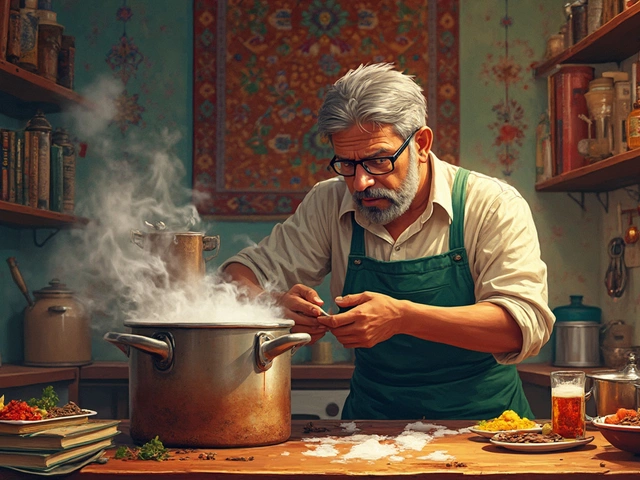
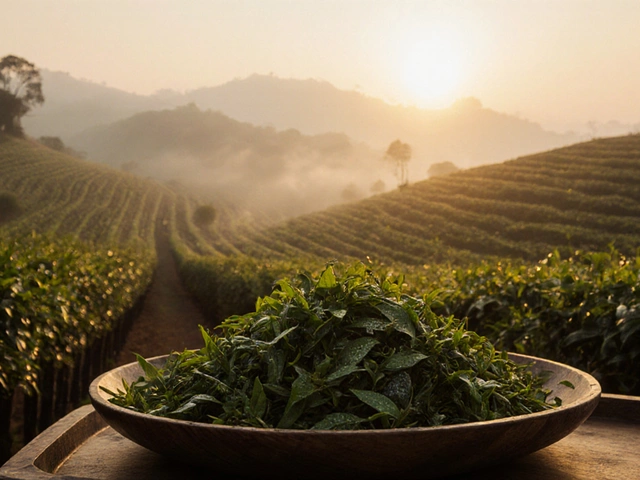
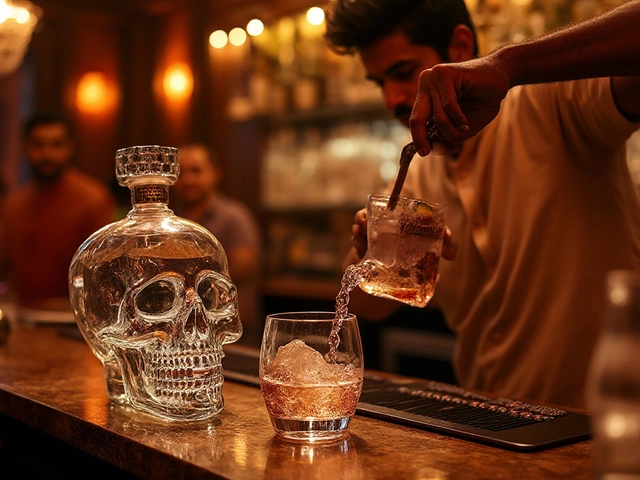
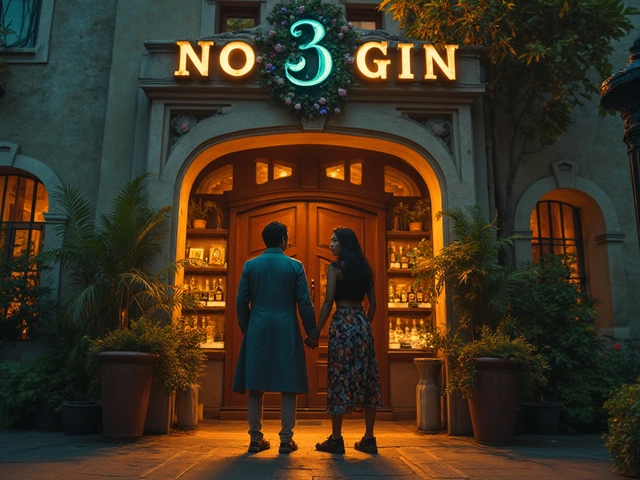
Categories